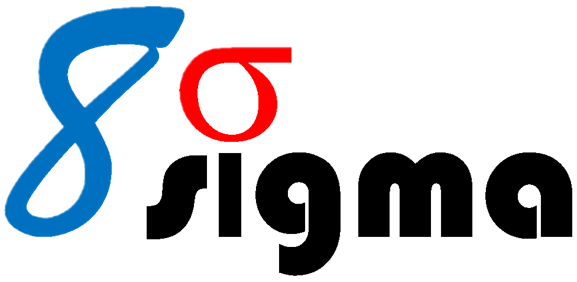Examples of Lean Tools: (click on link) |
|
Lean Training MaterialsValue Stream MapProcess Mapping ExerciseCross-Function Process MapSketch of Cell |
|
How did I learn Lean Six Sigma?Early in my education I learned of many tools that are now considered the “Body of Knowledge.” |
|
|
|
|
In my career I learned additional techniques such as progressive fixturing to reduce total cycle time. I learned FMS technology, which is a high-tech (and very expensive) solution to increasing the range of volumes. At Briggs & Stratton I was directly involved in a large-scale Toyota Production System implementation. From this experience I gained a passion for Lean and the impact it can have on a business in many ways. For example, we reduced the manufacturing lead time from 180 days to one day (24 hours). That was measured from “molten metal” to a packed & shipped engine. That flushed about $100,000,000 of inventory out of the system, and reduced floor space requirements by 40%. That’s 400,000 square feet. We did this with a team of about a dozen Manufacturing Engineers in 2 years, while making 16,000 engines per day. The results were profound in terms of quality & responsiveness to our customers. Since then I have carried the Lean torch into every business I’ve worked at, and not always welcomed. In fact even today, with all the evidence of the benefits, many people and companies are reluctant to improve their operations. In order to improve my ability to enlighten people, I went back to school to earn a Masters in Business & Industry Education from the University of Minnesota. |
|
|
Where does Six Sigma fit in? At Kearney & Trecker I was working as an Application Engineer. K&T built high-end machine tools and FMS systems for aerospace, defense, and heavy equipment industries. My responisbilities included customer acceptance on machine tools worth up to $1,000,000 and Flexible Manufacturing Systems worth up to $18,000,000. Often this included Process Capability Index (CPk) studies to ensure the machines were capable of producing to an 8-sigma quality level, hence my use of the term “8sigma.” As a side note I also became expert in ASME B5.54 and NAS 979 industry specifications for the performance evaluation of machine tools, including 5-axis. With this experience and my other knowledge in Statistical Process Control, while in graduate school I studied statistics all the way through to PhD level. I’ve since applied many statistical and other Six Sigma tools in practice and taught many topics, including: |
|
|
|
|
In 2008 I became a Certified Lean Six Sigma Black Belt CLSSBB. I taught Lean Enterprise at UW-Stout for 4 years, and oversee student teams working on industry projects including: process flow, visual systems, facility layout, time studies, line balancing, and 5S. I also taught Operations & Supply Chain Management, including APICS CPIM exam series, I am Certified in Production & Inventory Management CPIM. |
|
Lean Six Sigma Black Belt, Manufacturing Engineer, Operations.
Currently Seeking New Consulting & Contracting Opportunities!


Steve Heidtke, CPIM, M.Ed.
